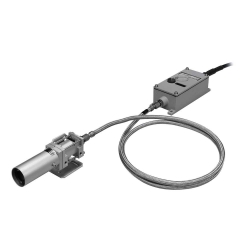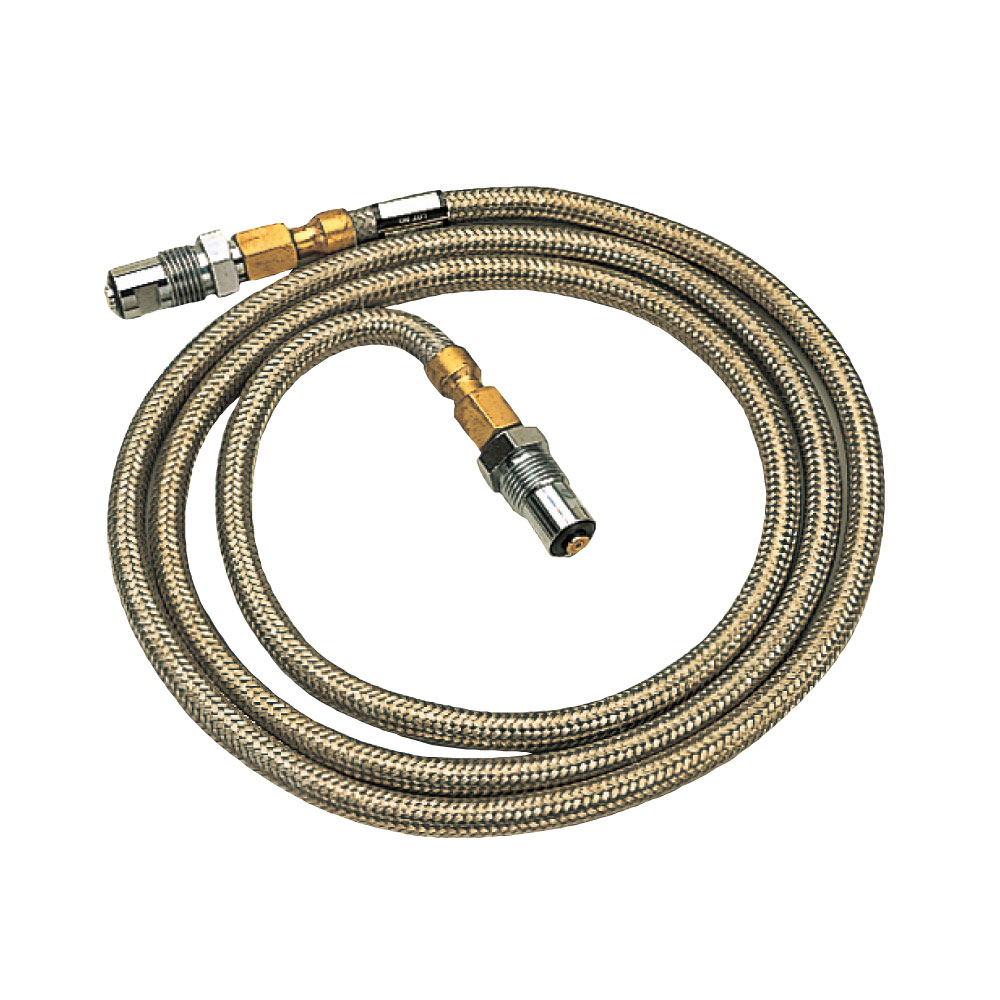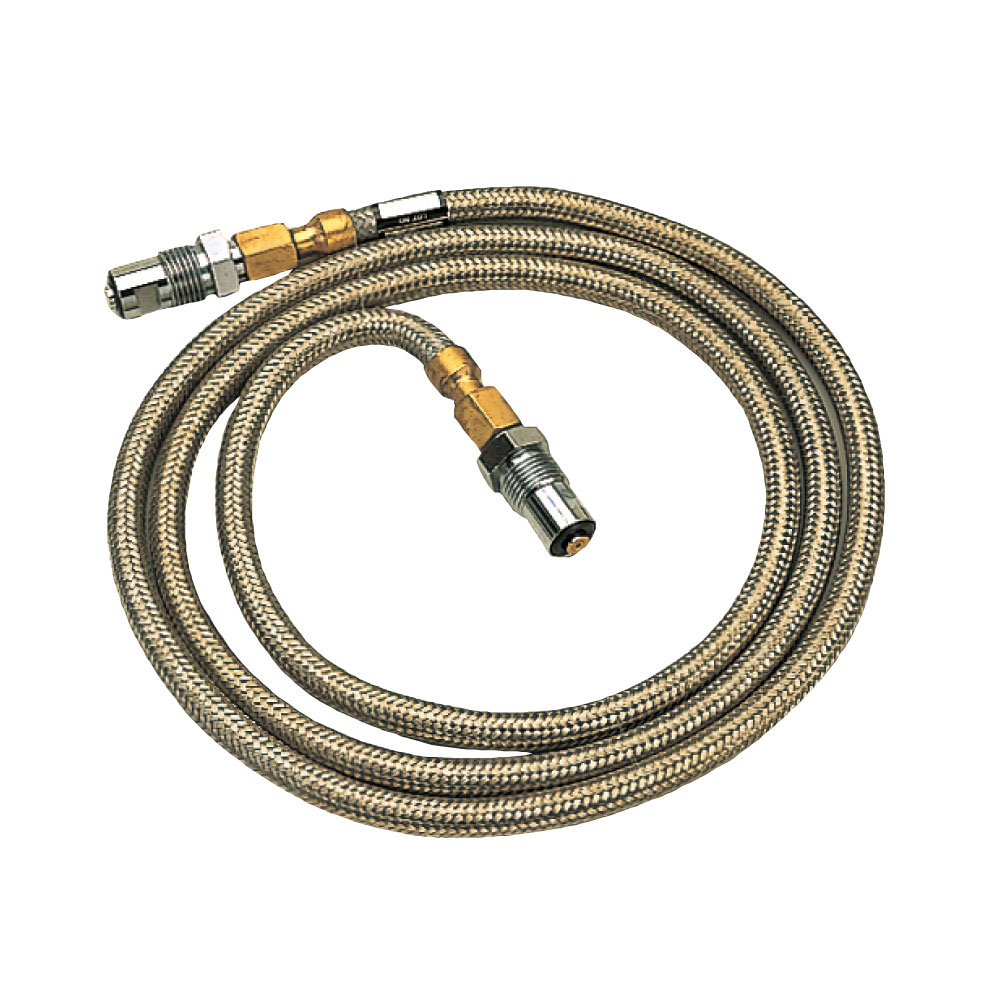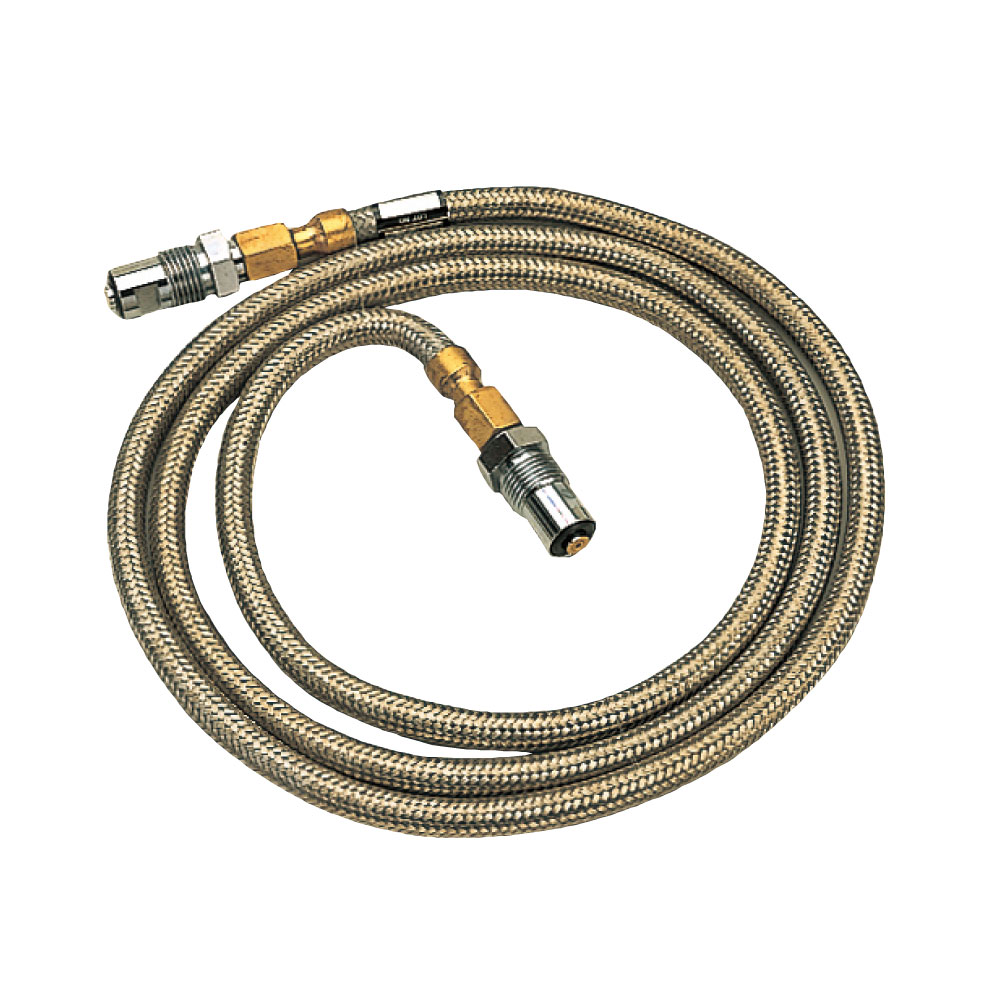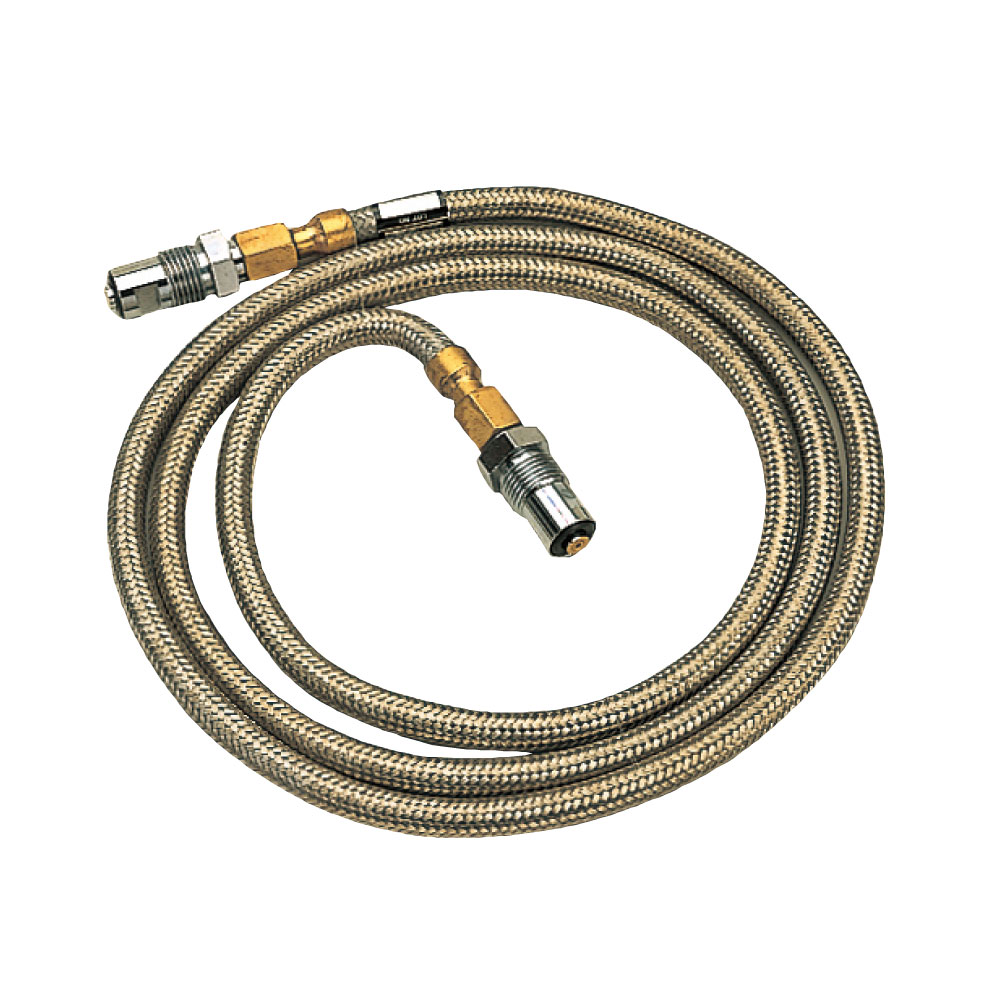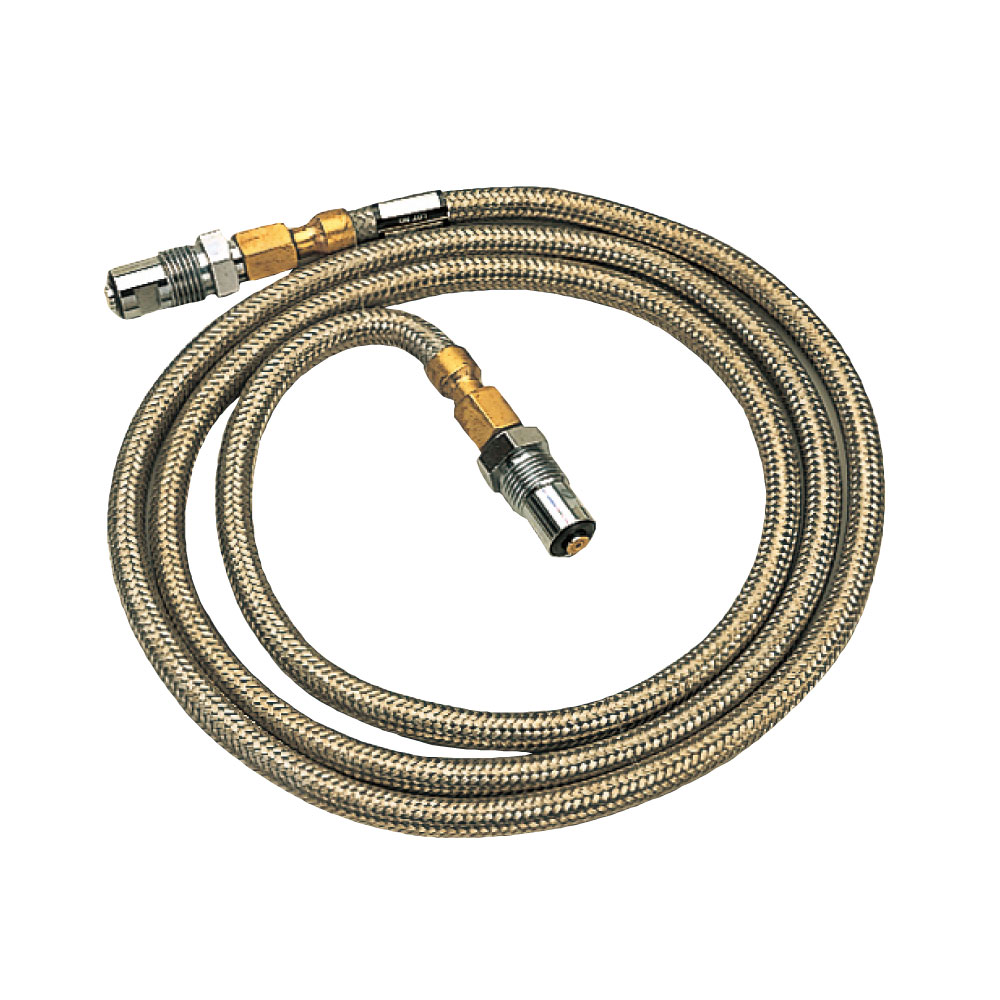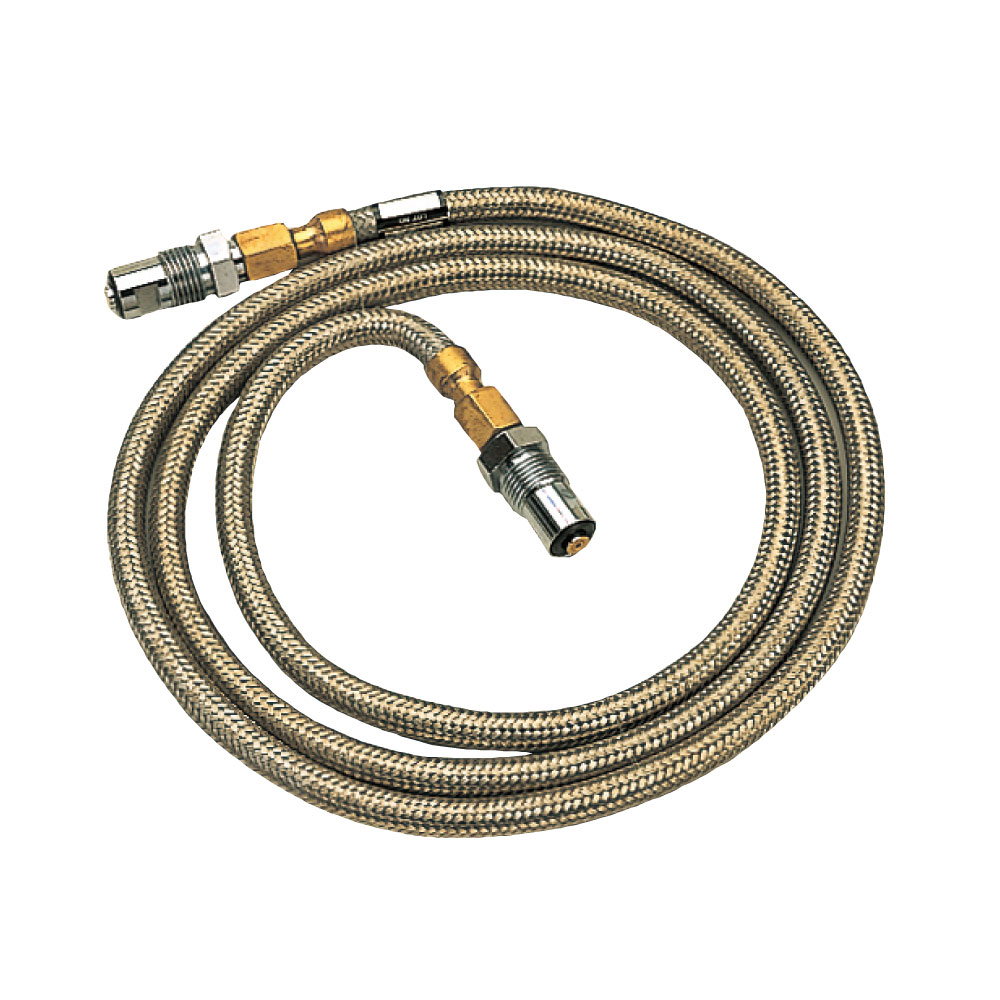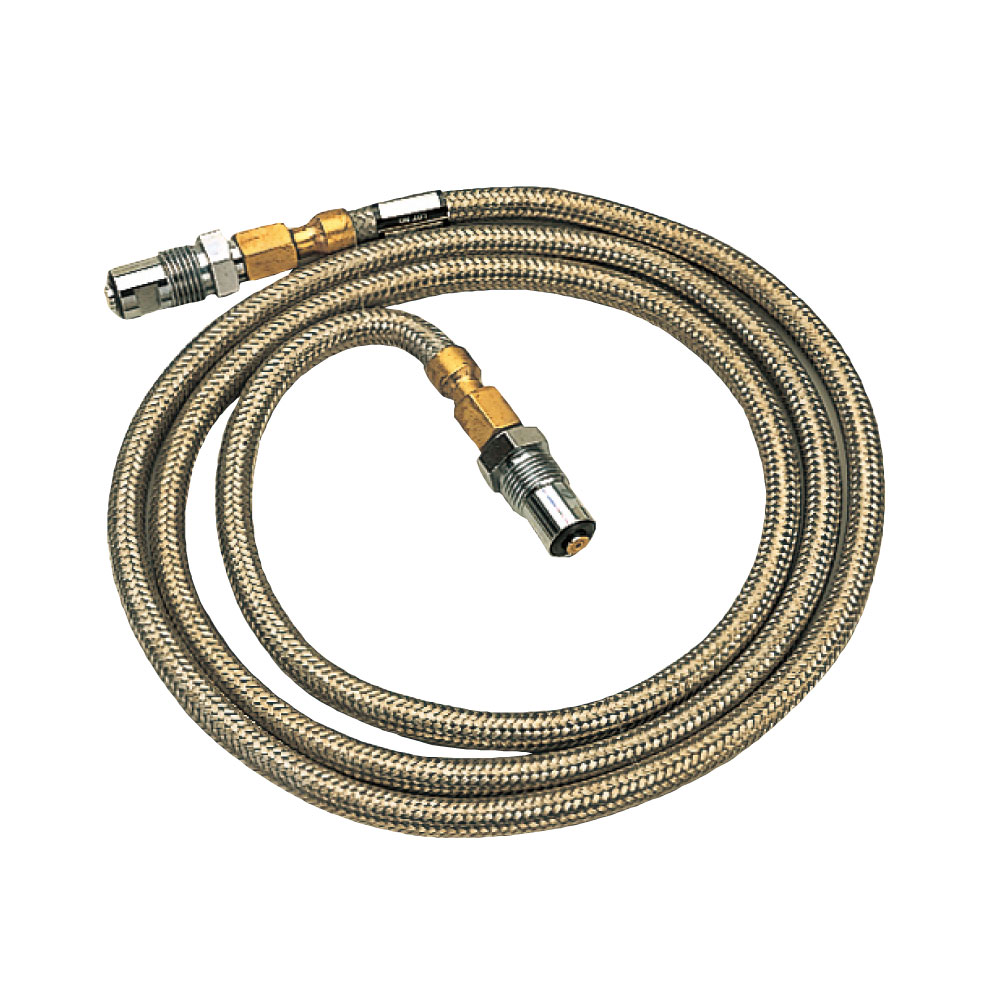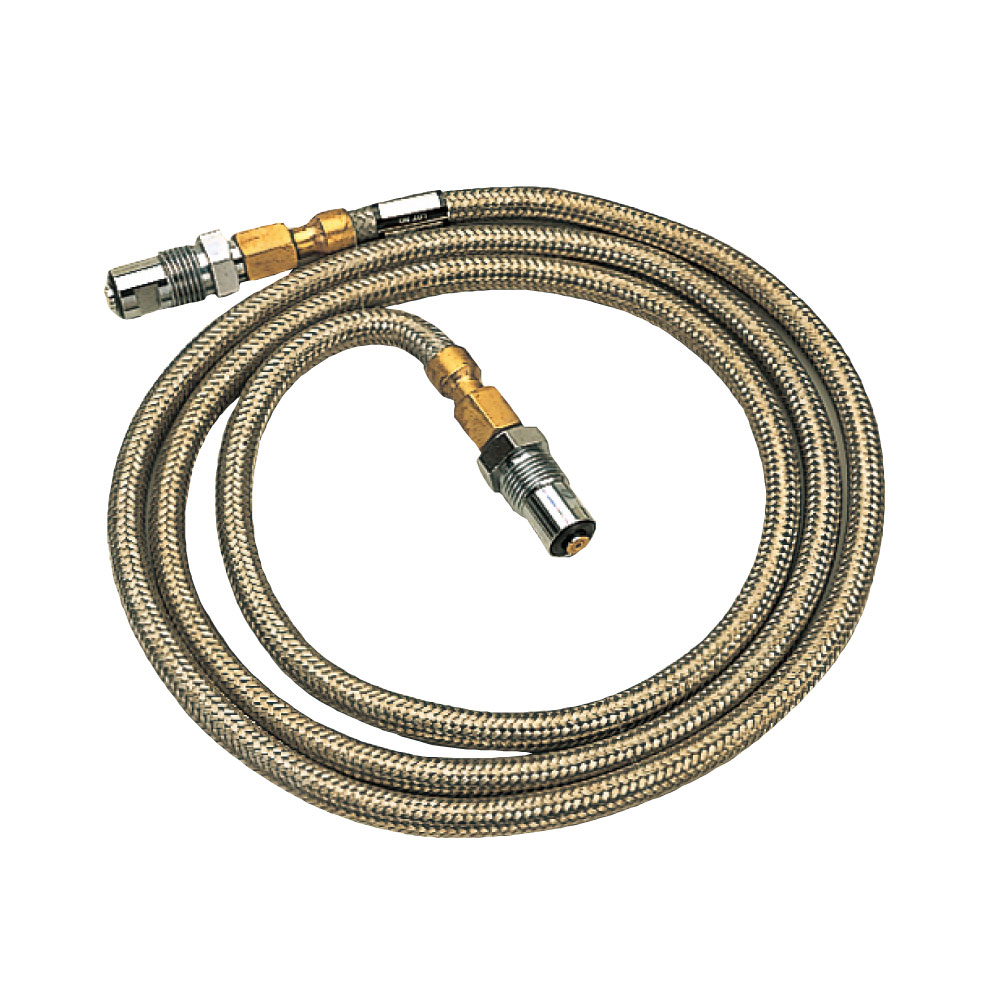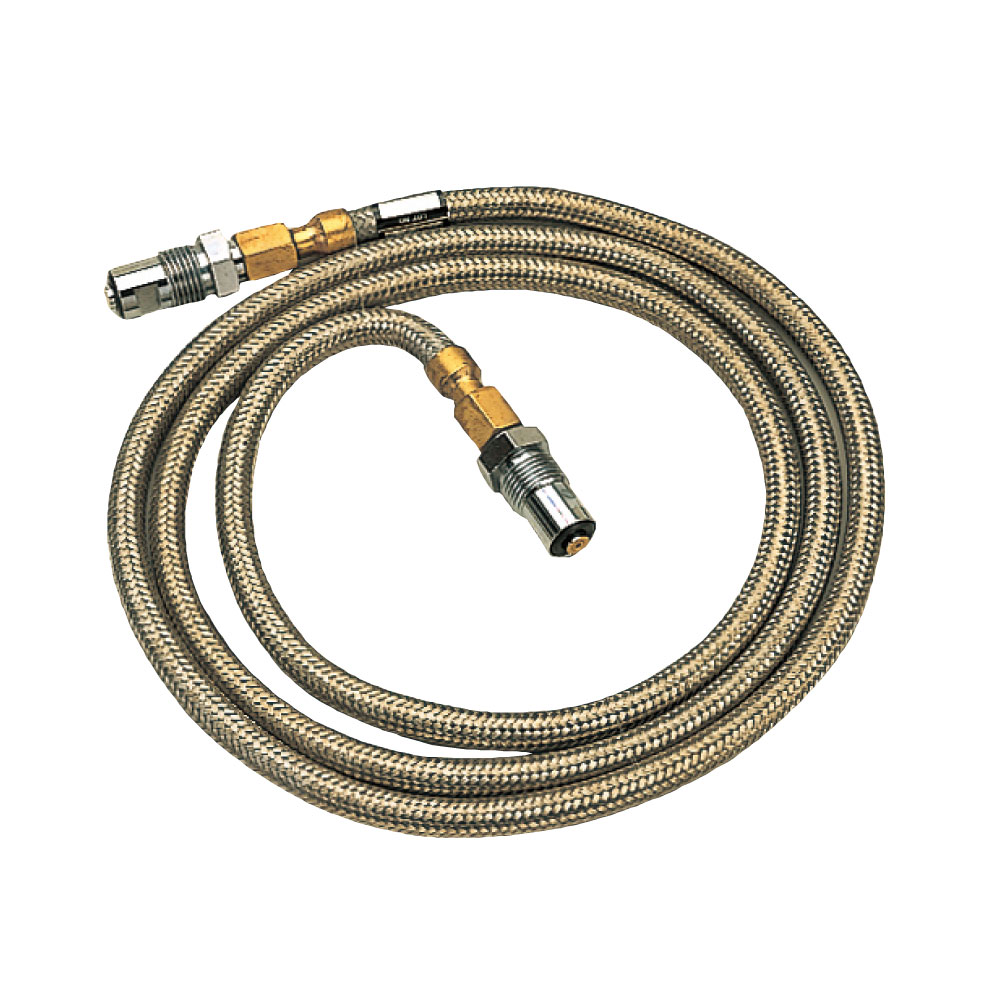FD-A300P Series
Fiber type / HMD
- Sensitivity adjustment unnecessary: Auto sensing
- One sensor covers a wide range of temperatures from low to high
FD-A300P Series Lineups
Feature
FD-A300P is a series of optical fiber type hot metal detection photo sensor (HMD) that directly detect infrared energy emitted from heated material (steel products, etc.).
Equipped with a controller that employs an 8-bit microcomputer, this intelligent hot metal detection sensor integrates various functions.
- Sensitivity adjustment unnecessary: Auto sensing mode
Auto sensing mode automatically adjusts a threshold level based on the received light intensity at detection of heated material and manual mode that allows manual setting of the threshold are available. - One sensor for a wide range of temperatures
Two different ranges for low and high temperatures can be switched with external signal and support low and high temperatures. - Numerical indication of received light intensity convenient for threshold setting
Received light intensity at detection of heated material is represented in value between 0.1 and 10.0 for arbitrary setting of output operation level.
Broad dynamic range of amplifier allows numerical expression of wide range of temperatures of heated materials in analog quantity, which, unlike the conventional HMD sensitivity adjustment, facilitates setting of threshold in concrete figures. - Recall function: Received light intensity detected in the past viewable
Maximum received light intensity of heated material detected is stored to allow viewing during nondetection.
Eight most recent maximum received light intensities of heated materials are stored to allow viewing of previous received light intensities in figures by selecting a mode.
Lowest Detectable Temperature
Select between two (high and low) temperature ranges with the mode setting
Guidelines are given below for the temperature of a detection object larger than the detecting field of view with optical head (OHA) and fiber optic cable (FG2) used for detection.
| Low temperature range | 350 - 800C |
|---|---|
| High temperature range | 490 - 1300C |
Guidelines for the minimum temperature of detection objects
The minimum temperature depends on the length of the fiber optic cable used or the detecting field of view of the optical head.
Temperatures shown in this table are for heated material larger than the field of view. If the material is smaller than the field of view, the lowest detectable temperature is increased. The guidelines are for the minimum temperatures of detection objects with margins of about four times as much as the inherent performance. For detailed data, see “Minimum Detectable Object and Lowest Detectable Temperature.”
| Low temperature range | High temperature range | |||||
|---|---|---|---|---|---|---|
| Fiber length | Optical head | Optical head | ||||
| Standard view model OHA |
Narrow view model OHAN/OHAN10 |
Wide view model OHW1/OHW2 |
Standard view model OHA |
Narrow view model OHAN/OHAN10 |
Wide view model OHW1/OHW2 |
|
| 2m | 350C | 480C | 415C | 490C | 685C | 590C |
| 3m | 365C | 500C | 430C | 510C | 705C | 610C |
| 4m | 375C | 515C | 445C | 525C | 720C | 625C |
| 5m | 385C | 530C | 450C | 540C | 735C | 635C |
| 7m | 400C | 550C | 475C | 560C | 760C | 660C |
| 10m | 445C | 600C | 520C | 610C | 850C | 725C |
| 15m | 480C | 640C | 555C | 655C | 920C | 775C |
| 20m | 500C | 665C | 580C | 680C | 960C | 800C |
| 30m | 530C | 705C | 610C | 720C | 1030C | 850C |
Dimension
Amplifier unit
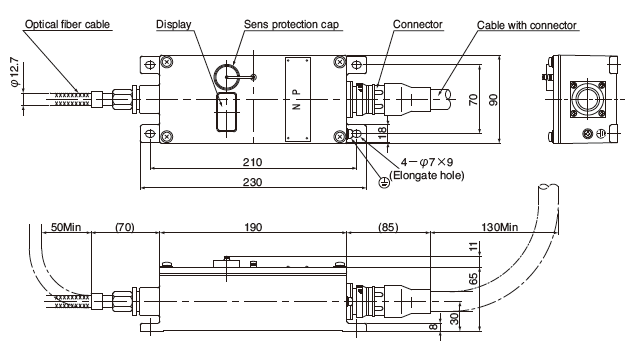
Fiber optic cable

Example of combination of Airless hood and optical head
Optical head Model OHA
Airless hood Model F38A
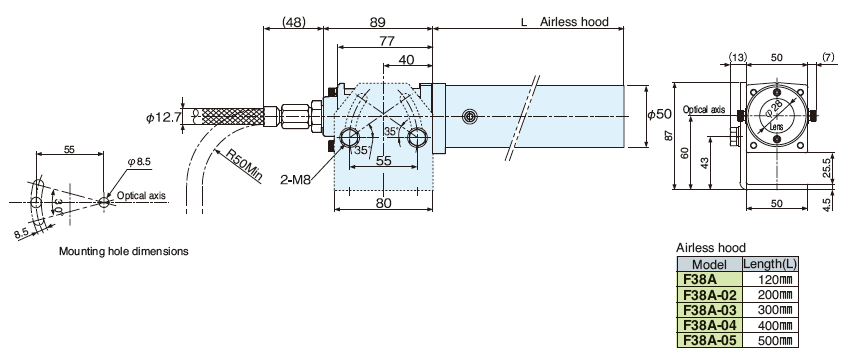
Example of combination of Airless hood and optical head
Optical head Model OHW1 / OHW2
Airless hood Model F38W
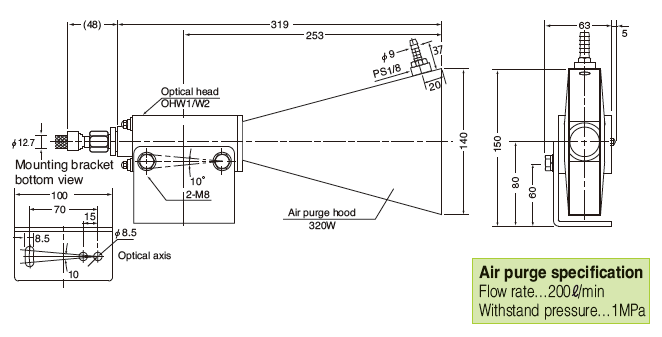
Example of combination of air purge hood and optical head
Optical head Model OHA
Air purge hood Model F38PC
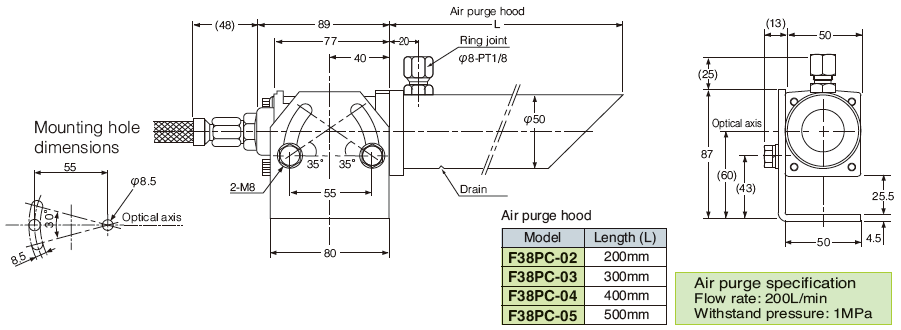
Example of combination of air purge hood and optical head
Optical head Model OHW1 / OHW2
Air purge hood Model 302W

Circuit
Control output

Stability output (STB output)
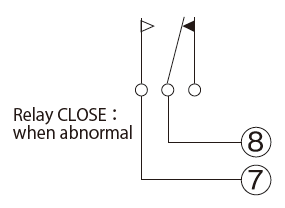
When connecting an inductive load such as relay, be sure to use diode, surge absorber, etc. to protect output transistors from counter electromotive force.
Option
Optical head
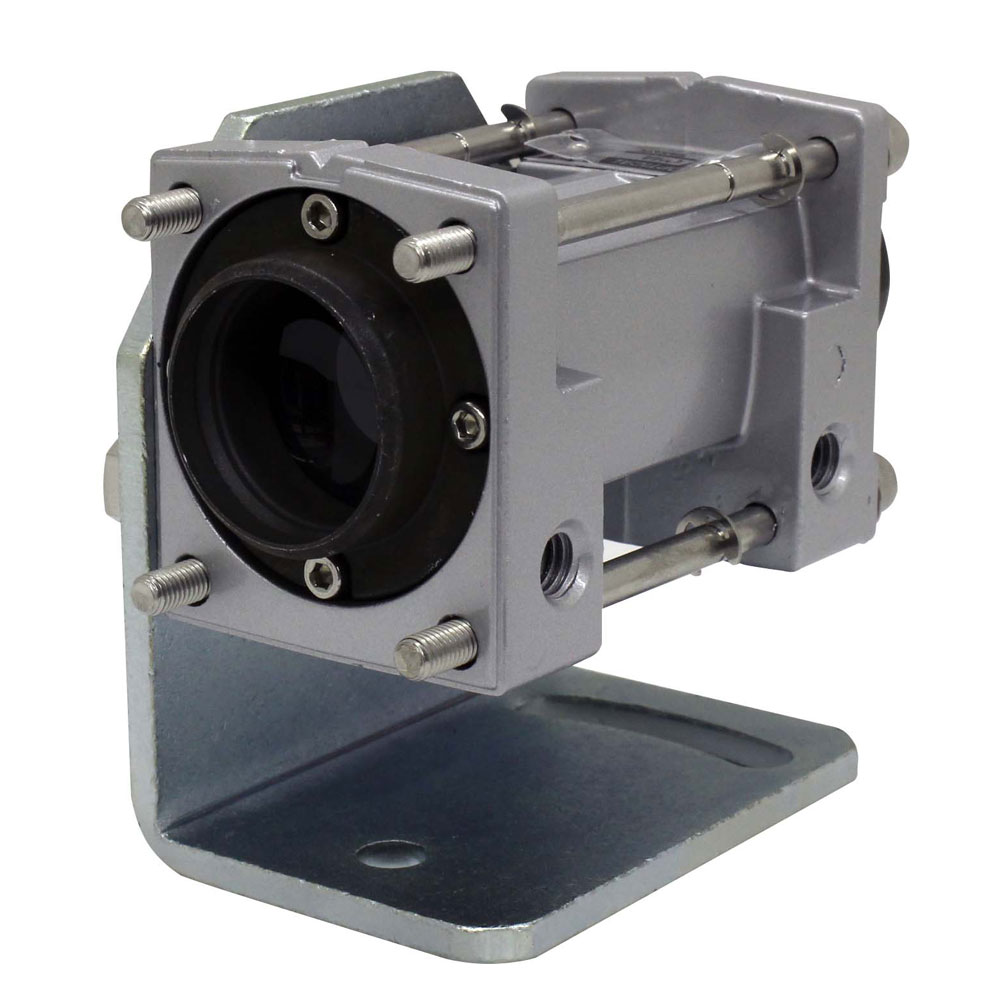
| Optical headOHA |
|
||
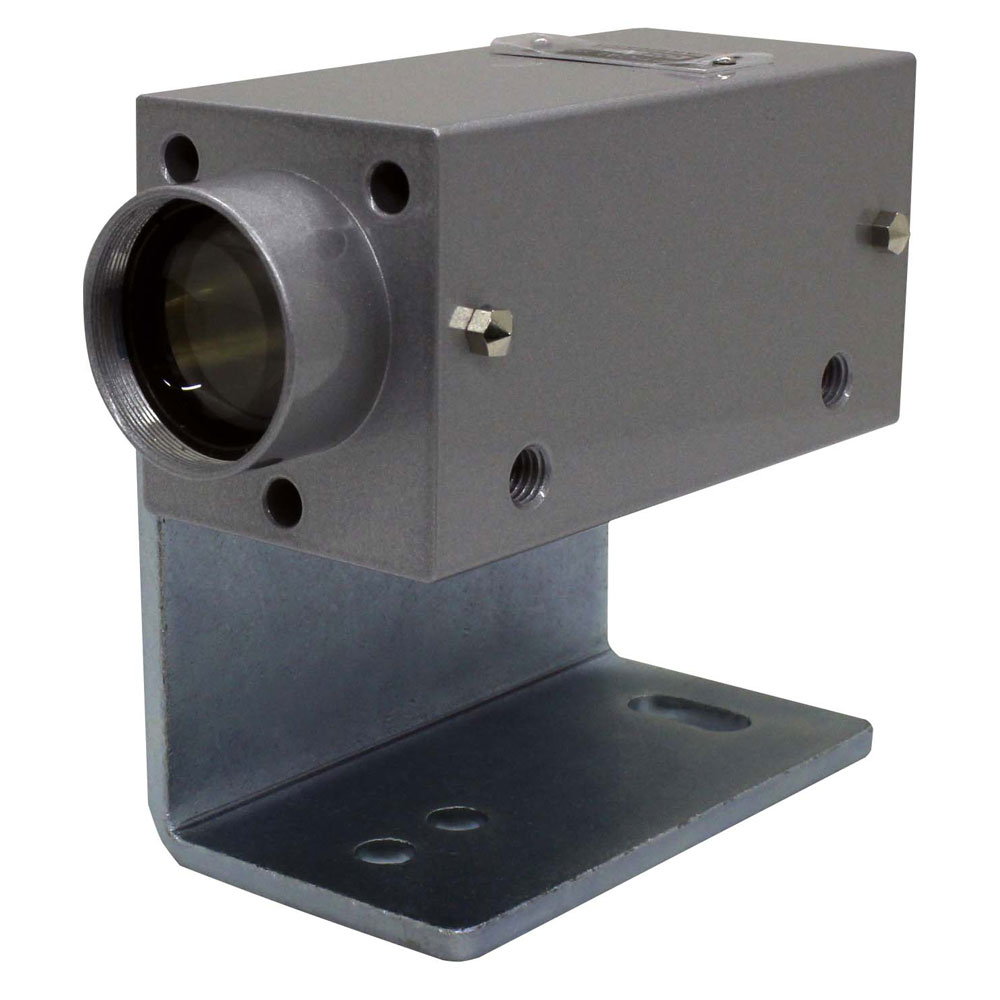
| Optical headOHW1 |
|
||
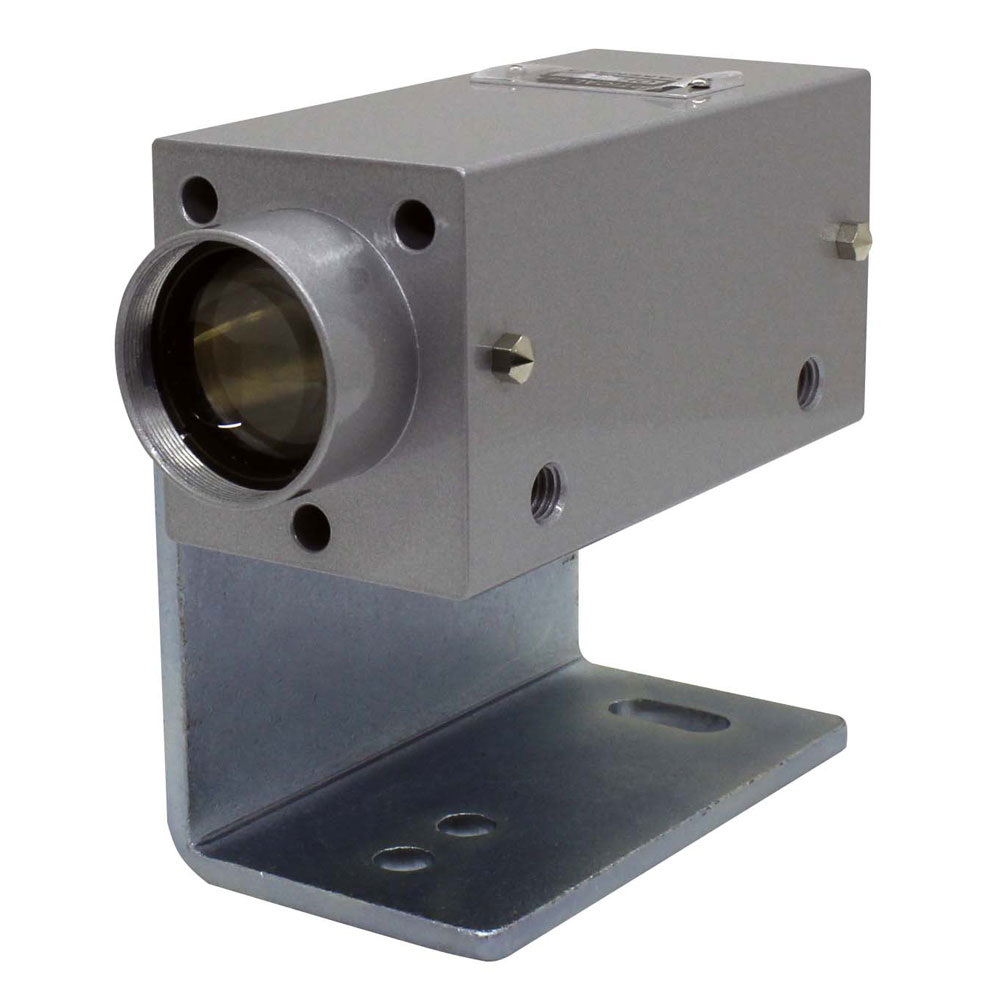
| Optical headOHW2 |
|
Hood
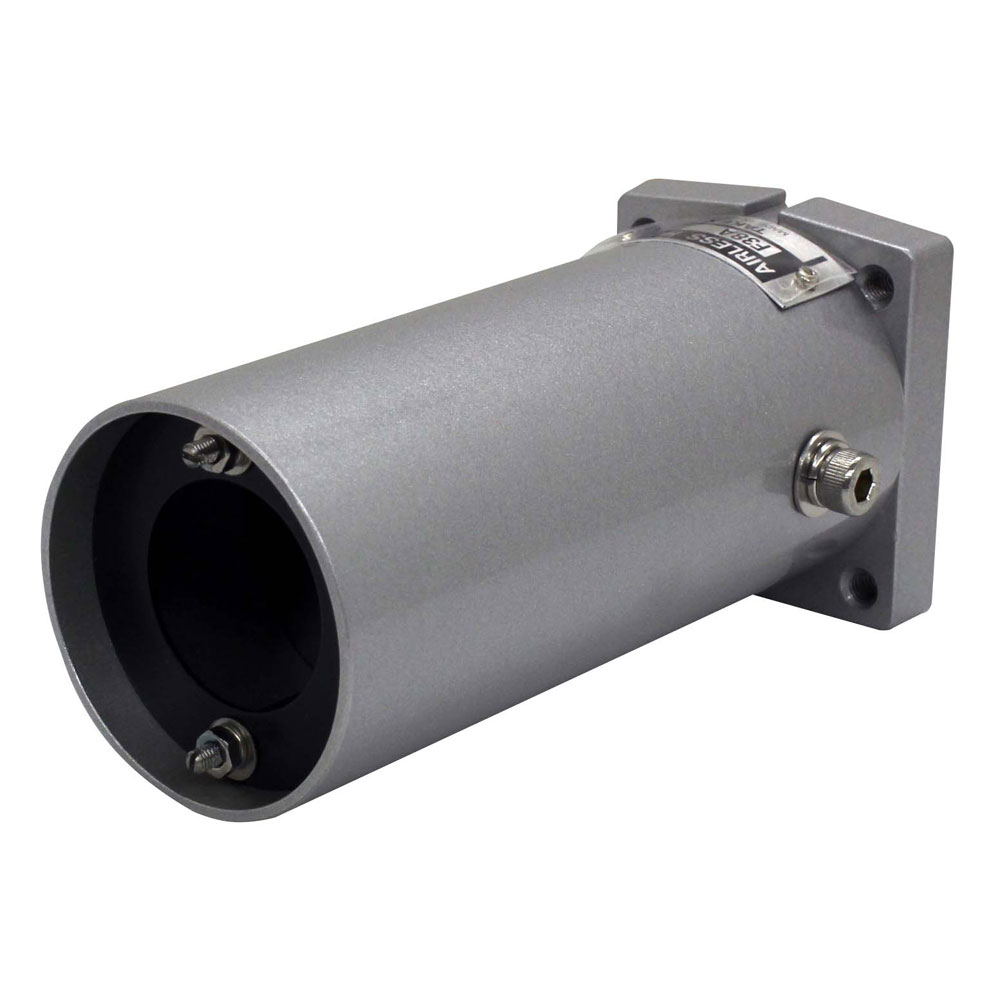
| HoodF38A |
|
||||||
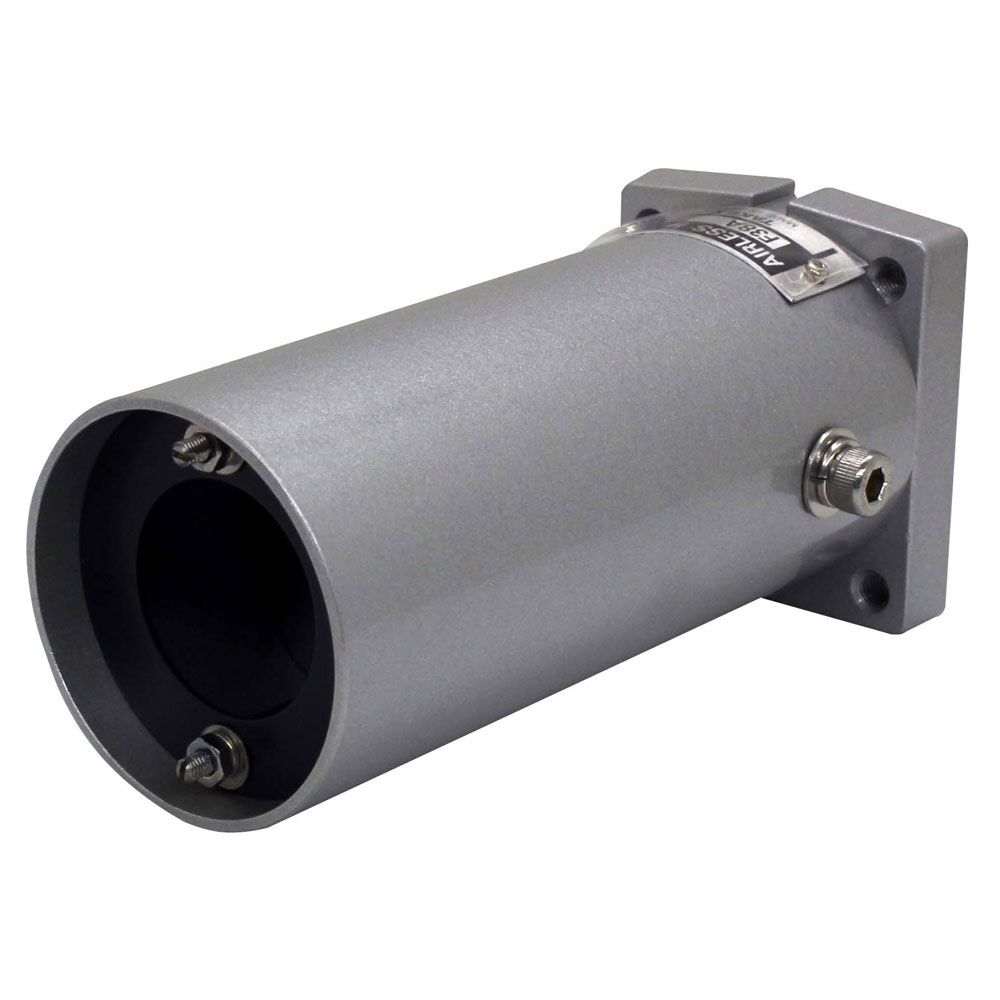
| HoodF38A-02 |
|
||||||
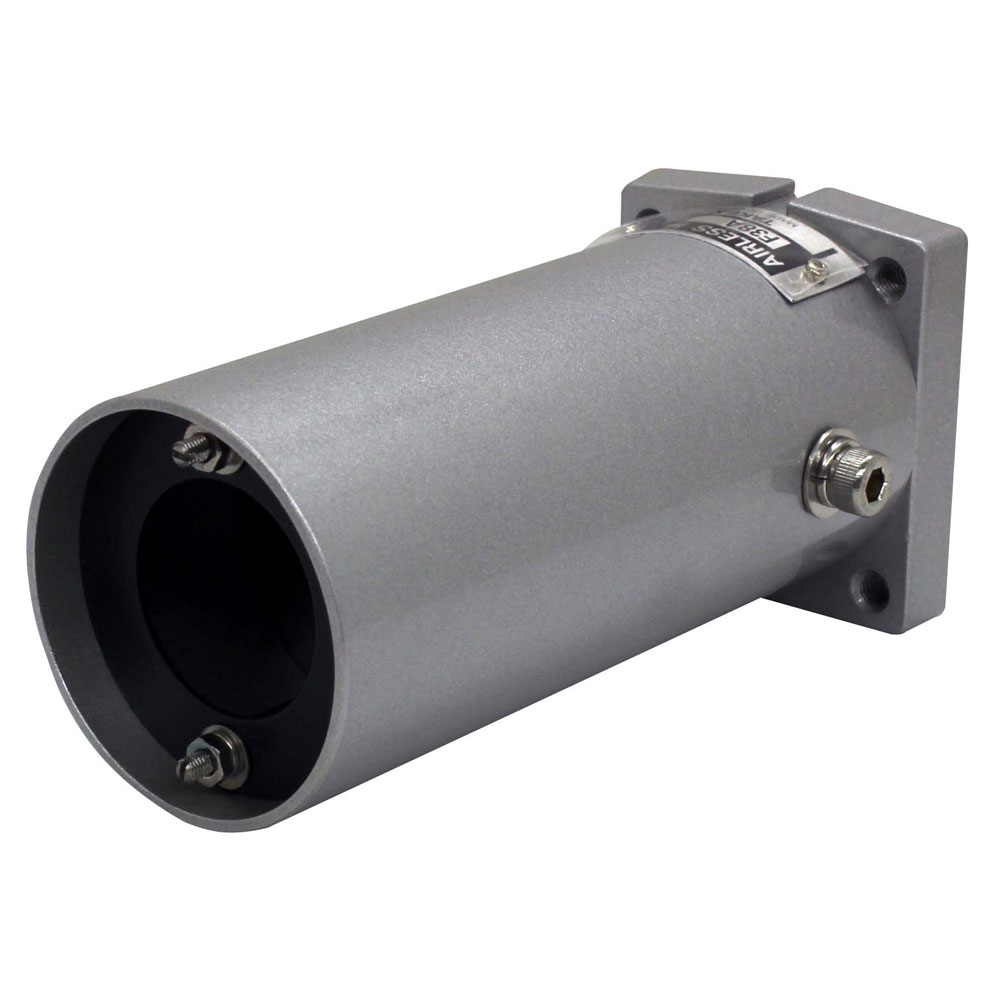
| HoodF38A-03 |
|
||||||
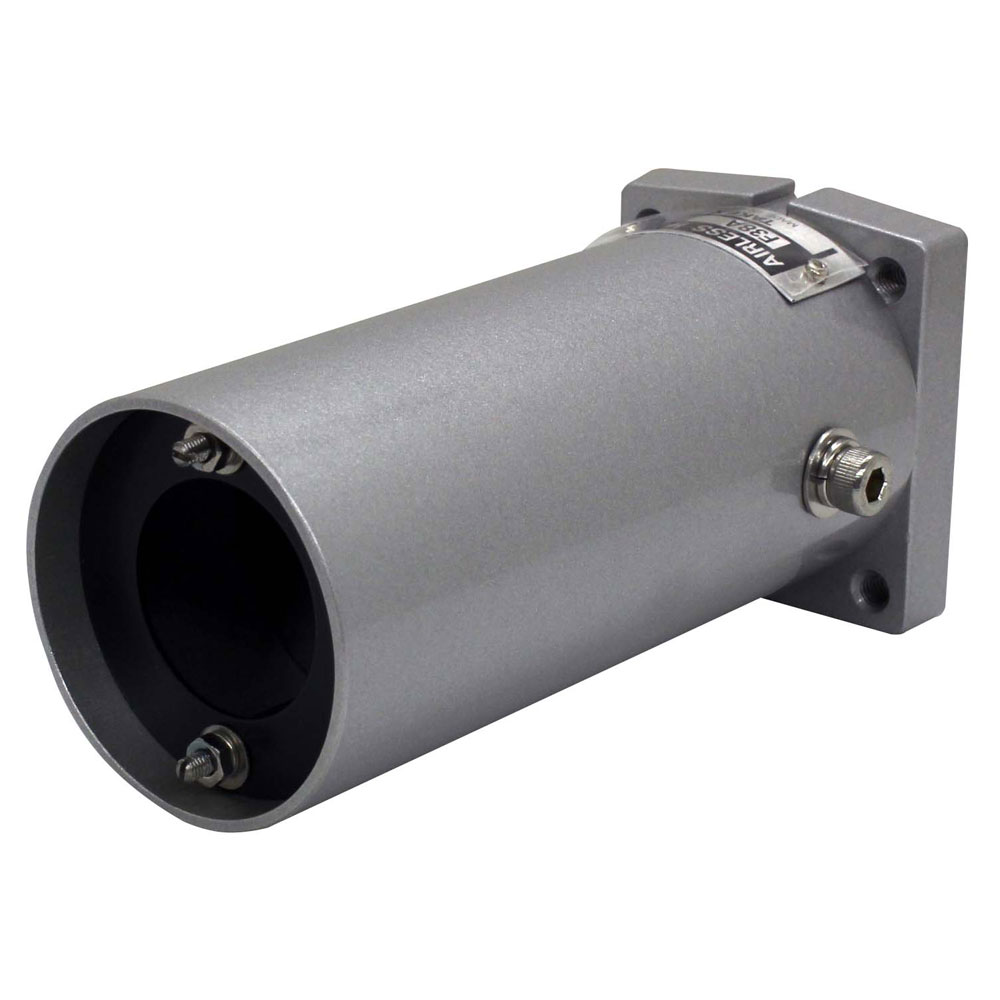
| HoodF38A-04 |
|
||||||
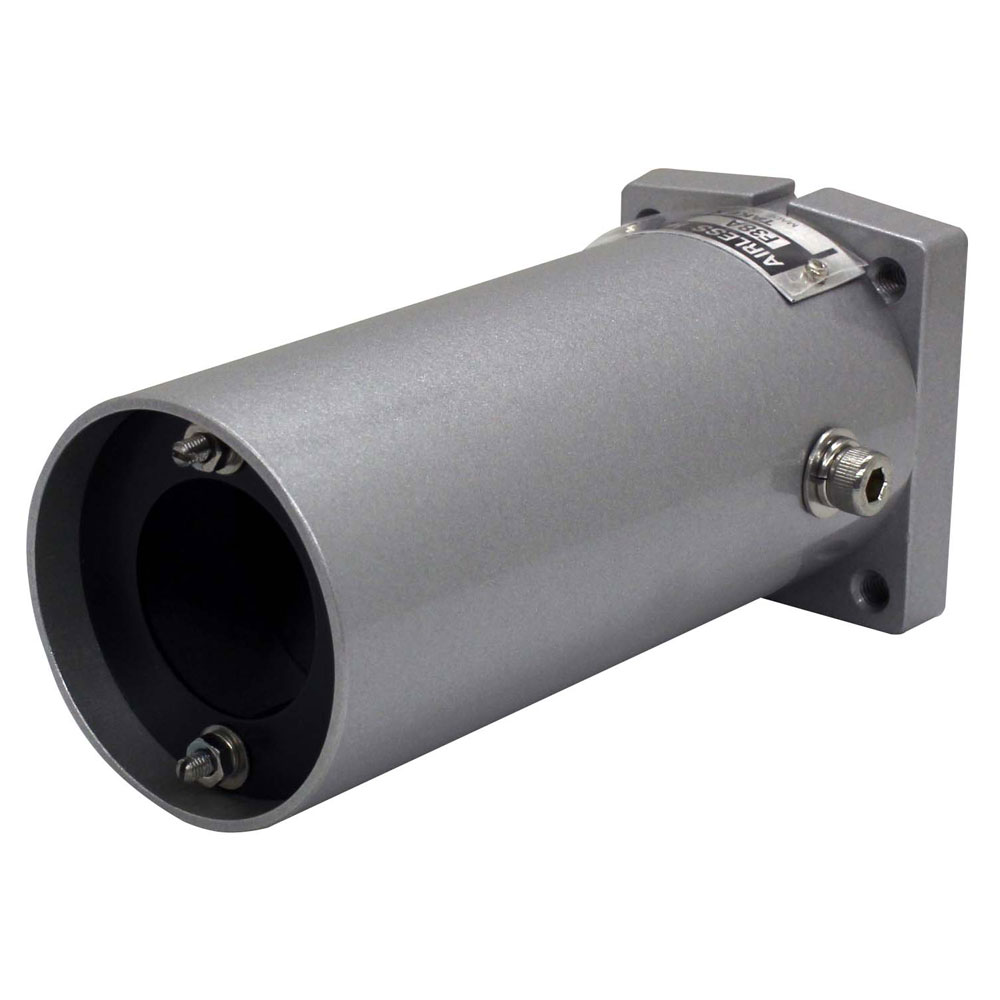
| HoodF38A-05 |
|
||||||
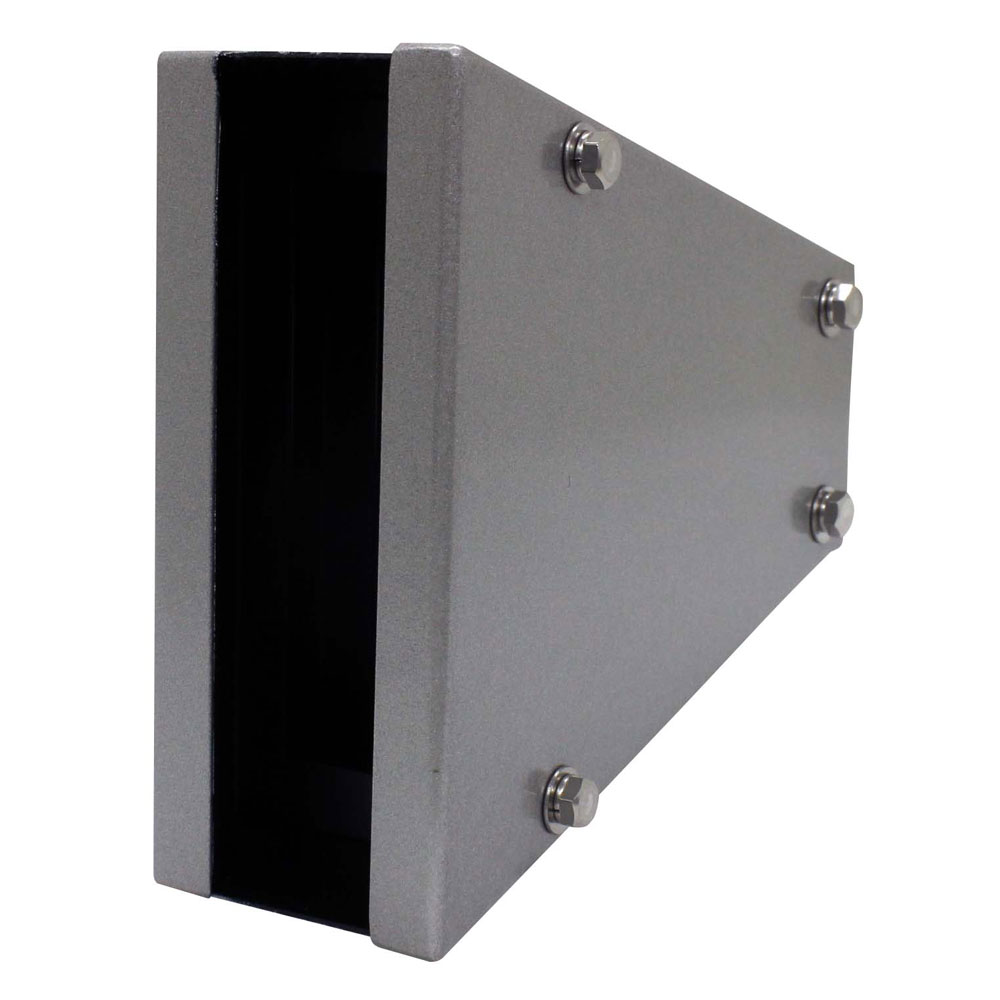
| HoodF38W |
|
||||||
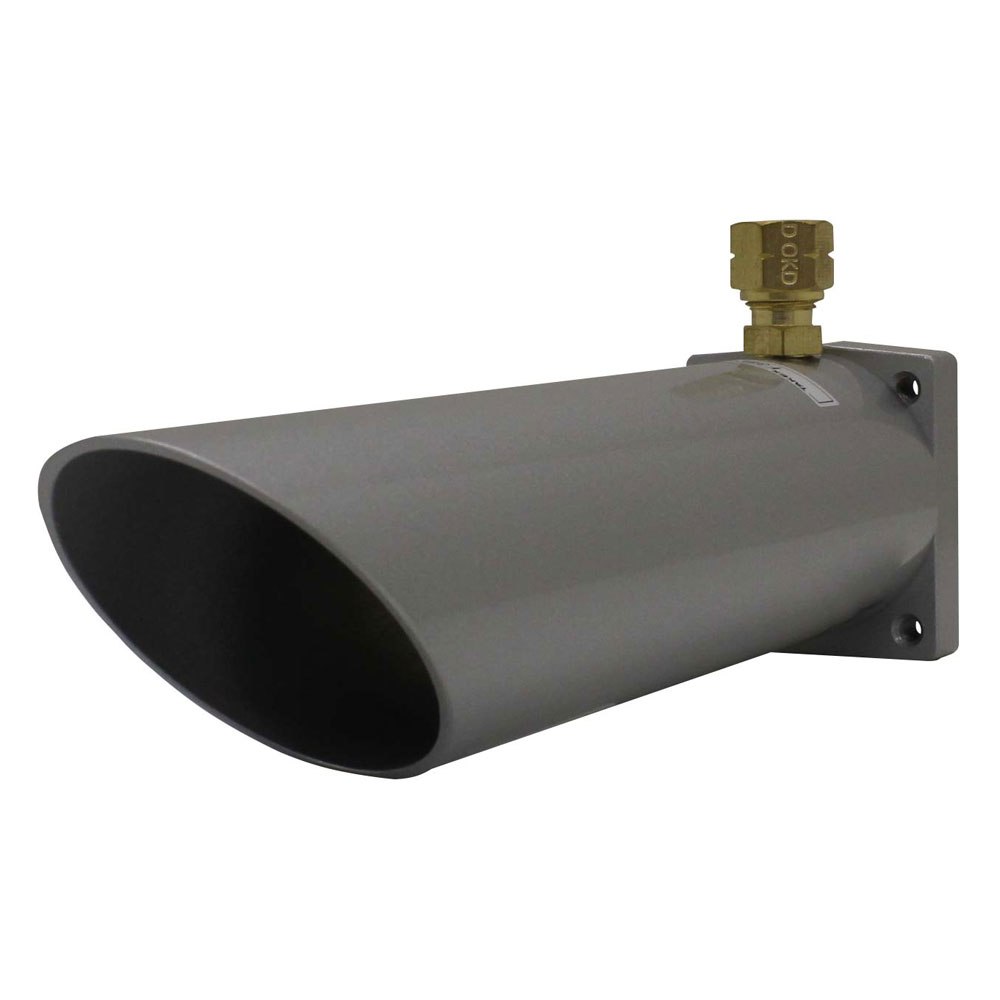
| HoodF38PC-02 |
|
||||||
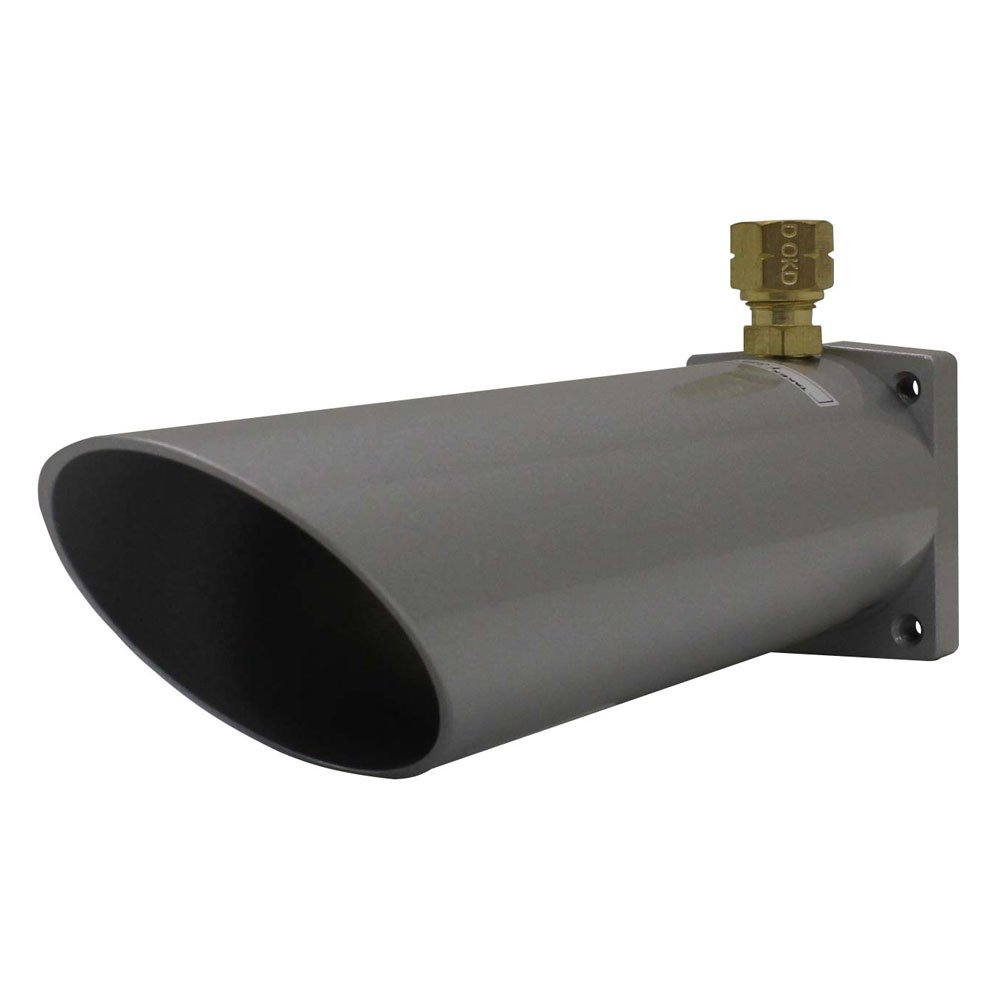
| HoodF38PC-03 |
|
||||||
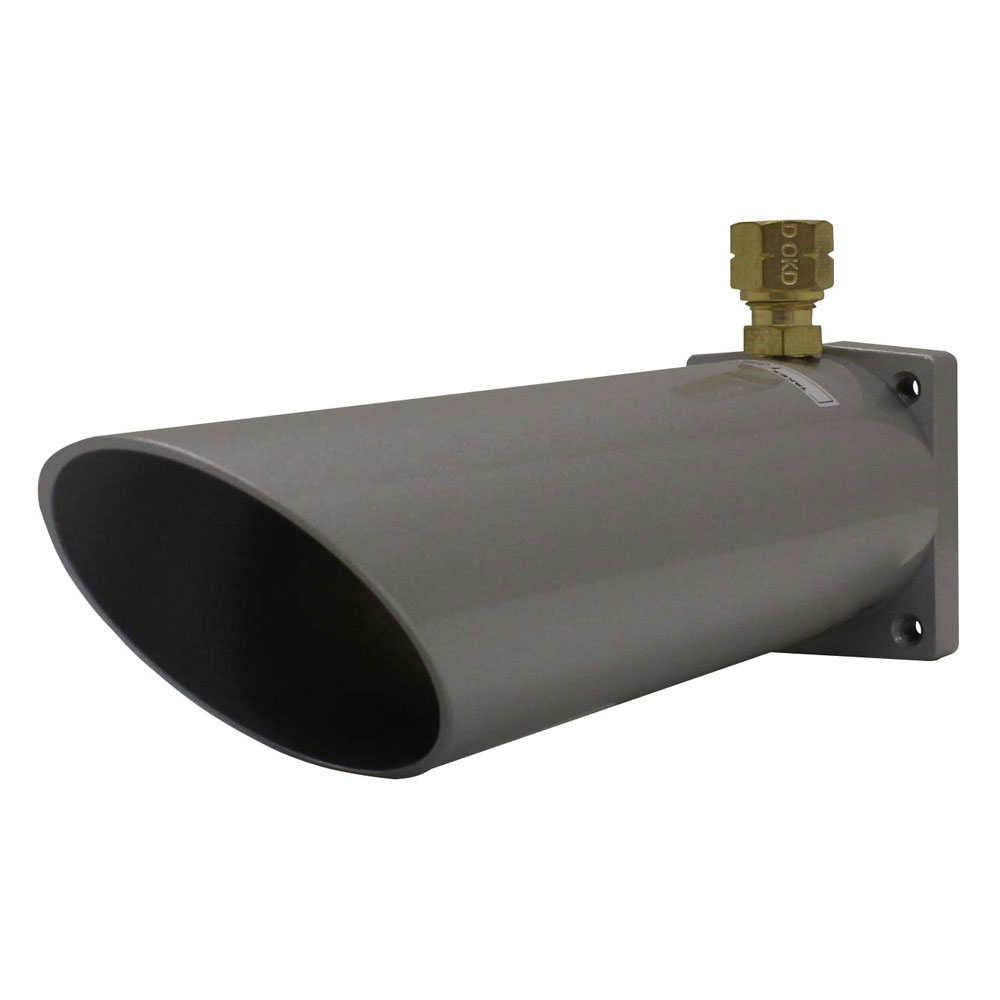
| HoodF38PC-04 |
|
||||||
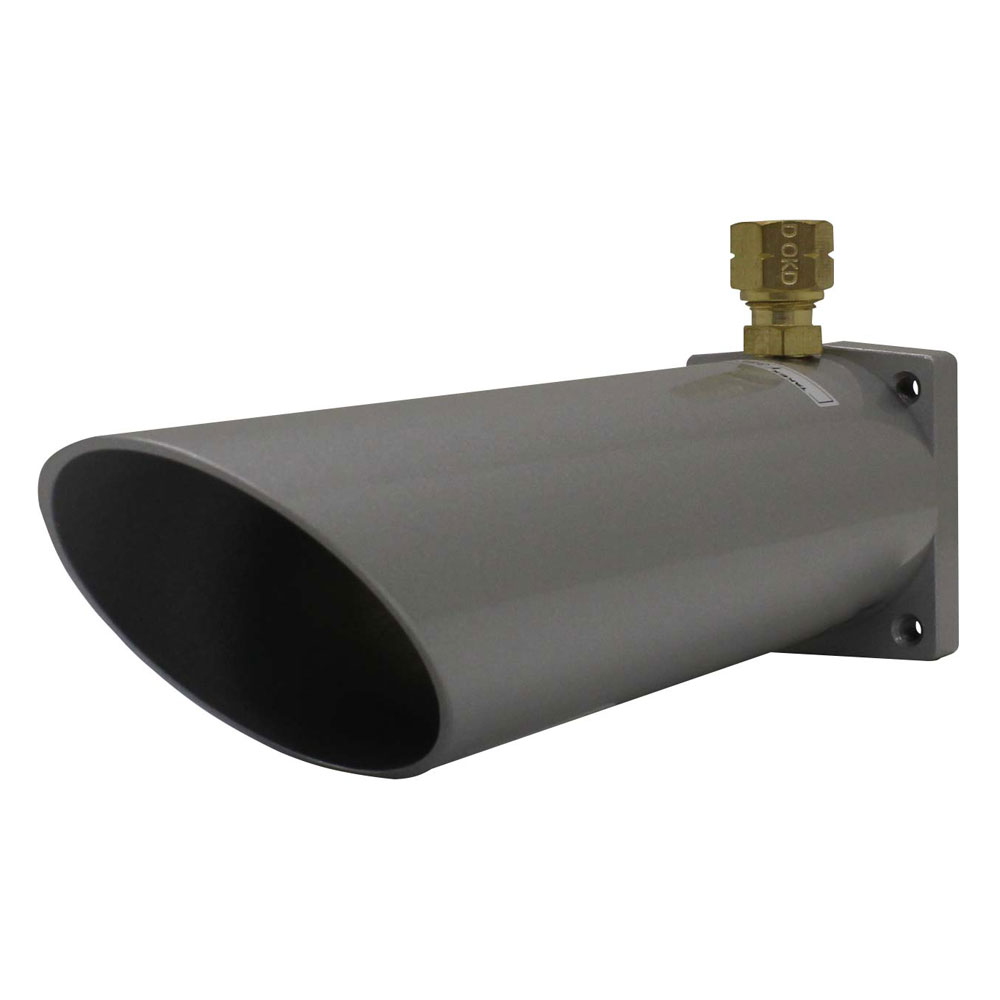
| HoodF38PC-05 |
|
||||||
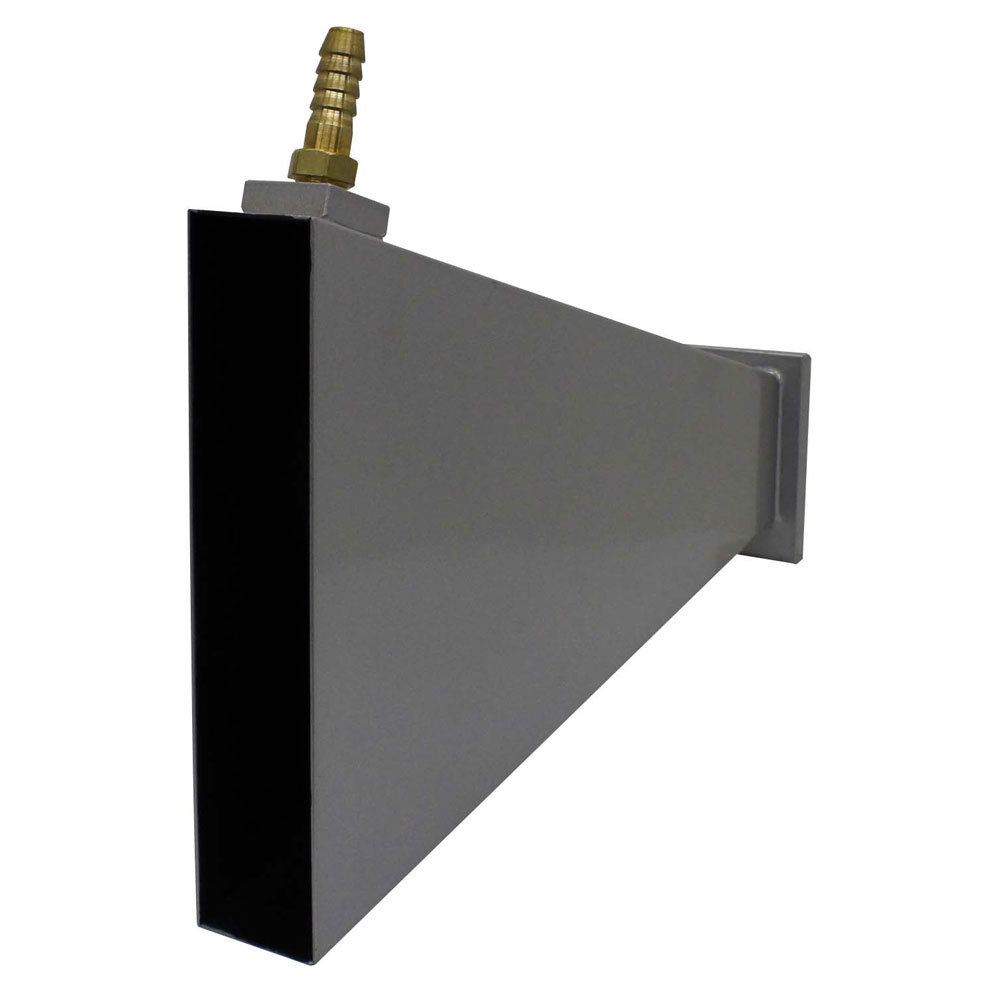
| Hood302W |
|


